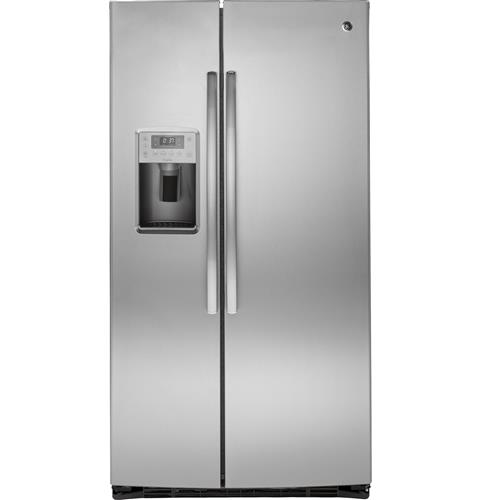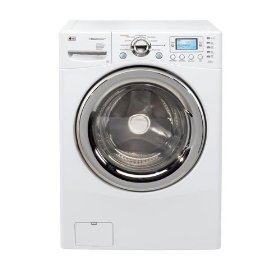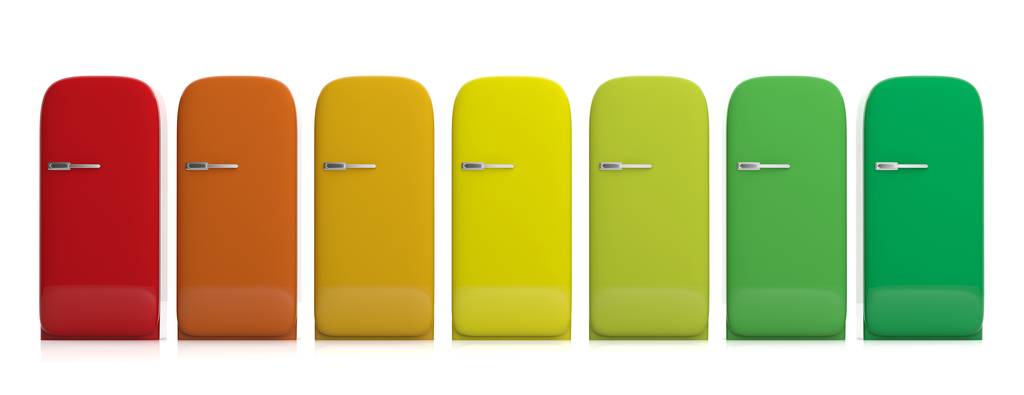Are you looking to trim down your energy bill? One of the easiest ways to save on electricity costs is by identifying the appliances that consume the most energy in your home. By focusing on these energy-hungry devices, you can make simple changes that will have a big impact on your monthly expenses. Let’s dive into the top 5 energy-consuming appliances you should pay attention to:
Air Conditioner
The air conditioner is a notorious energy hog, especially during the hot summer months. Running your AC continuously can rack up a significant amount of energy consumption. To reduce the impact on your electricity bill, consider setting your thermostat a few degrees higher or investing in a programmable thermostat to regulate the temperature when you’re not at home.
Water Heater
Heating water accounts for a large portion of your home’s energy usage, especially if you have an older or inefficient water heater. To cut down on energy consumption, lower the temperature setting on your water heater, insulate the tank to reduce heat loss, and fix any leaks that may be causing your system to work harder than necessary.
Refrigerator

Your refrigerator is one of the hardest working appliances in your home, running 24/7 to keep your food fresh. Older models are particularly energy-intensive, so consider upgrading to an energy-efficient refrigerator with an ENERGY STAR rating. Additionally, make sure your fridge is not placed near a heat source like the oven or in direct sunlight to help it run more efficiently.
Washer and Dryer

If you do multiple loads of laundry each week, your washer and dryer are likely contributing to a significant portion of your energy consumption. To reduce the impact, wash clothes in cold water, use the fastest spin cycle to minimize drying time, and clean the lint filter in your dryer regularly to improve airflow.
Dishwasher

Running your dishwasher frequently can also add to your energy bill, especially if you run partial loads or use the heat drying setting. To save energy, wait until you have a full load before running the dishwasher, opt for air drying instead of heat drying, and regularly clean the filter to improve efficiency.
By focusing on these top 5 energy-consuming appliances in your home, you can make simple changes that will lead to significant savings on your energy bill. From adjusting your thermostat to upgrading your appliances, small tweaks can add up to big savings over time. So, take a closer look at how you can reduce energy consumption in your home and start saving today!
Conclusion
In conclusion, being aware of the top 5 energy-consuming appliances in your home is the first step towards making meaningful changes to reduce your energy usage and save on electricity costs. By implementing simple strategies like adjusting settings, upgrading appliances, and practicing energy-efficient habits, you can take control of your energy consumption and see noticeable savings on your monthly bill. Make a conscious effort to prioritize energy efficiency in your home, and you’ll reap the benefits of lower energy costs and a more sustainable lifestyle.

It’s sad that these are the main culprits but also the appliances that we need!
When I finally decided it was time to let go of the refrigerator that was pretty much older than I was, our energy bill went down significantly! I used to not believe in the Energy Star rating new appliances come with these days but now I do! I’m slowly replacing our old appliances one by one now.